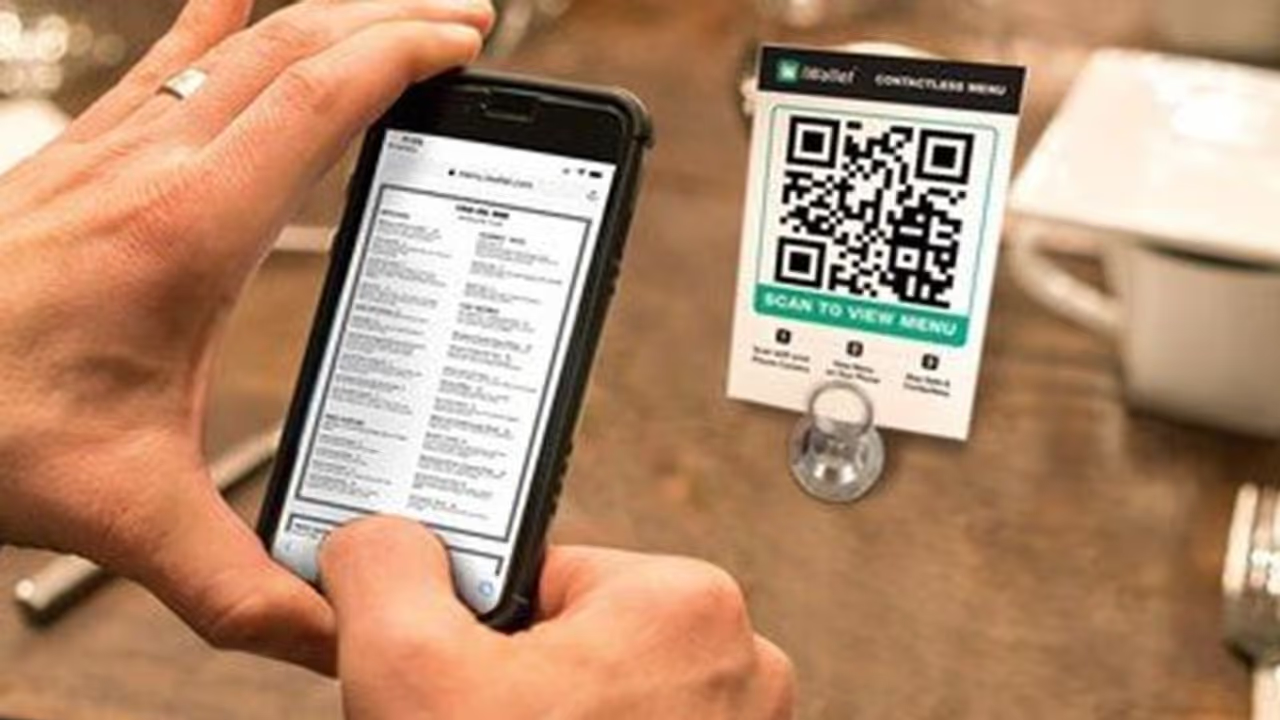Fraudsters have been using various ways to steal the hard-earned money of regular and gullible individuals, particularly new entrants inexperienced with the techno-financial eco-system.
There has been a tremendous growth in the usage of digital payment methods in recent years. This has improved customer convenience while also contributing significantly to the achievement of the national aim of financial inclusion. As the convenience of making financial transactions has increased, so has the frequency of frauds in retail financial transactions. Fraudsters have been using various ways to steal the hard-earned money of regular and gullible individuals, particularly new entrants inexperienced with the techno-financial eco-system.

Recently, the RBI issued a document to raise public awareness about the methods used by fraudsters and provide some guidance on safeguards to take when conducting financial transactions.
What is the modus operandi?
Usually, fraudsters often contact customers under the various pretext and trick them into scanning QR codes using payment apps. This allows the fraudsters to withdraw money from the customer's account.
Also Read | How to update bank account details in EPF account
How to prevent from being scammed?
The user should be cautious while scanning any QR codes using payment apps. One should be careful before entering their pin, should read the name, amount before clicking on 'Confirm'. The QR codes have embedded account details in them to transfer amounts to a particular account.
Also Read | RBI shares how to protect yourself from ATM card skimming
This brochure highlights the need of safeguarding one's personal information, being wary of unfamiliar calls/emails, exercising caution while doing financial transactions, and updating secure credentials/passwords on a regular basis. As a result, the title BE(A)WARE - Be Aware and Beware!
To ensure password Protection, a user should use a combination of alphanumeric and special characters. The user should maintain two-factor authentication for all of their accounts if the option is available and should change passwords on a regular basis.
